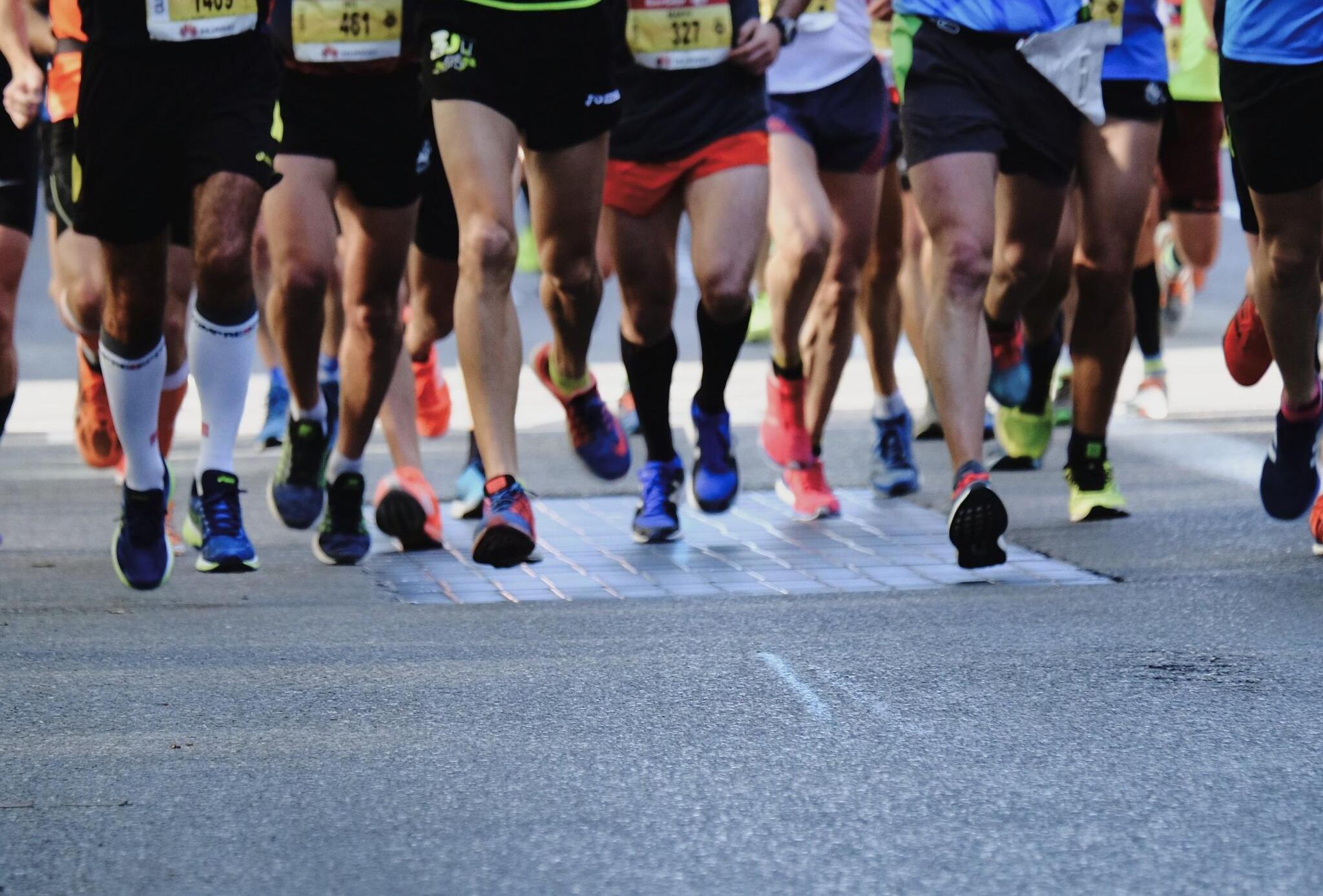Mastering Tokyo’s Dining Scene
Want to take a deep dive into Tokyo’s famous (and famously amazing) dining scene, but worried about committing some unforgivable gaffe? Here’s all you need to know to eat like a local. Hint: it’s not as hard as you might have feared. In fact, once you nail the logic of eating in Tokyo, it all makes a lot of sense.
1. Tokyo Restaurants Are Small
Really small. This is the most important thing you need to know about dining out in the city. A restaurant might literally have only 12 stools at the counter, and maybe two tables that can each seat up to four.
Such a setup is not at all unusual. Many Tokyo dining etiquette conventions stem from the specific requirements of keeping such small enterprises afloat. The dining scene is also highly competitive, leading most restaurants to operate on extremely tight margins.
2. Restaurants Are Terrified of No Shows
If you picture a chef-run restaurant with seating for 20, you can easily imagine how disruptive a party of four skipping out on their reservation could be. Especially if the chef made a special trip to the market that morning just to buy ingredients for your meal.
Unfortunately, many Tokyo restaurants believe overseas guests are more likely to flake on reservations than local diners. While it can be stressful to call a restaurant where no English is spoken, more likely, reports of no-shows are exaggerated, impacting the ability of others to get reservations.
Should you need to cancel, it’s best to communicate this to the restaurant. Ideally, do so the day before. Note that no-shows may sometimes incur a cancellation fee, which can equal the cost of an entire meal.
3. Do I Even Need to Make a Reservation?
The short answer: generally, no. Many casual places don’t take reservations, enjoying the free advertising that a long line out front creates. For these spots, your best strategy would be to visit outside peak meal times.
However, for any restaurant that counts as a destination in itself, make a reservation if possible. High-end places expect reservations but may also accept walk-ins if space permits. Tokyoites routinely make reservations for any planned meet-up at mid-range restaurants. While it may not be mandatory, it can save you disappointment at busy times.
4. Party Size Matters
Seating for two is usually easy to secure, but accommodating a group of four may require some waiting. It becomes significantly more challenging for larger groups, so some restaurants may ask parties of five or more to call ahead.
For quick casual spots like noodle counters, consider splitting your group into pairs to expedite seating. Good news for solo travelers! Tokyo welcomes lone diners, and servers may even offer you a table if one is available.
5. Consider the Menu
If you frequently request changes to menu items, you may find Japan’s dining culture a bit rigid. Japanese restaurants typically do not accommodate menu modifications.
It’s wise to research in advance if you have allergies or dietary restrictions to identify suitable dining options. Some no-reservation casual eateries now even offer “allergen-free” menu items, making it easier to find safe options.
6. Familiarize Yourself with “The Form”
Some restaurants have a clipboard at the entrance for incoming diners to fill out, which is often misunderstood by foreign travelers. This form simply helps staff manage the order of arrival and seating arrangements.
Completing this form is essential even if there’s no one waiting, unless advised otherwise. Typically, it will ask for your name and the number of diners. Additionally, specifying smoking or non-smoking seating may be an option at some venues.
7. Be Mindful of the Time
One of restaurants’ major concerns is turnover, especially during lunch. Tokyo’s dining scene thrives on efficient table turnover, and lingering without ordering more can lead to discontent among restaurant staff.
Moreover, if you’re at a busy noodle counter, be prepared to move on to a cafe for extended conversation, as it’s considered inappropriate to occupy a table for too long.
8. Read the Room
While restaurants may overlook common tourist gaffes, there are two faux pas likely to be noticed: sticking chopsticks upright in rice and passing food between chopsticks. This resembles Buddhist funeral rites and may cause discomfort among diners.
However, many chefs in Tokyo prioritize your enjoyment of food above strict etiquette, hoping you will savor your meal. A simple compliment, like ‘oishii desu!‘ (this is delicious!), can go a long way to mend minor etiquette slips.
9. Don’t Knock the Chains
If all of this seems daunting, many locals share your sentiment. Chain restaurants offer an alternative experience, free from the burdens of strict dining etiquette. These larger establishments cater well to groups and commonly feature English menus and clear allergen listings.
Family restaurants often include a ‘drink bar’ option for a small fee, allowing unlimited refills and offering a carefree environment to relax without the pressure of immediate turnover.





